Technology
Top Cybersecurity Projects

Introduction
Cybersecurity projects are a great way to learn more about the field and build your portfolio. They can also be fun, challenging, and rewarding—especially when you get to see what you made in action! In this article, we’ll go over some of our favorite cybersecurity projects that will help you start your journey into the industry.
The ethical hacker course from Knowledgehut will help you learn about the latest commercial-grade hacking tools, techniques, and methodologies. Pursue the course to develop cutting-edge skills and explore proven techniques and best practices to begin your career in ethical hacking.
Important Cybersecurity Projects
Some of the important cybersecurity projects are discussed below:
NetSecFocus
NetSecFocus is a community-driven cybersecurity project created as a collection of tools and resources for network security professionals. It uses open-source software where possible, with licensed content available under various licenses. The project is open to contributions from anyone interested in improving the platform by adding new features or reporting bugs.
As a GitHub repository, NetSecFocus provides source code that can be used to build your copy of the site (or just browse it online). The website is hosted using GitHub Pages to promote collaboration by making it easy for any contributor to update content on their computer before pushing changes back into central repositories shared with other contributors.
Kali Linux
Linux distribution Kali Linux was designed to be used for digital forensics and penetration testing, and it is derived from Debian. In addition to Kali Linux, Offensive Security Ltd. also develops commercial counterparts such as BlackArch and BackBox to address security concerns. It is based on Debian’s testing branch, yet at the time of writing, it was updated every three months.
The development team aims to not only provide new features but also fix bugs that they’re aware of or reported through bug trackers in each update release. Kali recently changed its name from BackTrack; both names are being used interchangeably within this article because they essentially refer to the same thing: an OS distribution with lots of hacking tools preinstalled (for example, Metasploit).
Capsule8
Capsule8 is a cloud-based security platform that provides visibility into and protection against threats in the data center. The platform enables you to protect containers, applications, and infrastructure with automatic threat detection, vulnerability scanning, and continuous monitoring of your entire containerized environment. Capsule8 can also monitor your existing Kubernetes clusters, providing security for both new and existing deployments.
Capsule8 provides a single pane of glass for security across your entire infrastructure. Capsule8’s container-native platform enables you to automatically detect and respond to threats in real time, including vulnerabilities, malware, and data breaches. You can also use Capsule8 to continuously monitor your environment for signs of compromise and remediate issues before they become serious problems.
Metasploit Framework
The Metasploit Framework is a tool that helps you find and exploit security vulnerabilities in networks. It is a framework that security professionals, penetration testers, and hackers can use. HD Moore created the Metasploit Framework in 2003 to help automate tasks for network administrators and security consultants, but it has since been expanded to include a huge community that contributes code and new modules all the time.
The Metasploit Framework allows you to write your scripts, called modules. These can be used to perform a wide range of tasks, from scanning for vulnerabilities in a network to exploiting those vulnerabilities and gaining access. The software also comes with a database of pre-written tools that can be used right away.
SUBgraph OS
SUBgraph OS is a Linux-based operating system designed to be resistant to cyberattacks. It was developed by a team of security researchers, who are also the founders of SUBnet Labs, which developed SUBgraph OS as part of their research into information security. The developers describe SUBgraph as “a privacy-focused operating system” protected by “hosted virtualization” and an “isolated hypervisor.”
It means that while it’s based on the Linux kernel like other operating systems (such as Ubuntu), it doesn’t share any code with those other systems. It uses virtualization to create an isolated container where dangerous processes cannot access your data on the hard drive.
Google Grr
Google Grr is a collection of tools that help you detect and respond to advanced threats. The project was released in May 2018 by Google and MITRE with the intent to make the GRR tool available for Linux users.
The open-source GRR project (Github Repo) was created by Maxime Villard and inspired by an idea proposed by John Ellis during a talk at Defcon 2017 titled “Mountain Peak Performance: Achieving Enterprise Security at Scale.”
GRR is an open-source project that aims to provide a secure and reliable environment for anyone who uses Linux in their daily work. GRR is intended to be a complete solution that provides a secure and reliable environment while still being easy to use.
OpenCanary
OpenCanary is a free, open-source application security testing platform. It integrates with the Kubernetes API and the Prometheus monitoring system. OpenCanary can test applications for common vulnerabilities and misconfigurations by generating alerts if it detects something unusual happening in your application. In addition to its native runtime environment, OpenCanary supports other environments such as Slack, GCP Cloud Pub/Sub, AWS Lambda & Zappa.
The ethical hacker course will help you master the five steps of ethical hacking, including reconnaissance, gaining access, enumeration, maintaining access, and covering your tracks.
Cybersecurity projects to learn
- NetSecFocus: A security training platform that teaches cybersecurity basics, so you can dive deeper into specific areas of interest.
- Kali Linux: A Linux distribution used for penetration testing and security auditing because it contains hundreds of tools specifically designed for hacking, cracking, and information security research.
- Capsule8: An agentless network security platform that provides real-time visibility into threats across applications and infrastructure devices to enable an adaptive response to attacks.
- Metasploit Framework: An open-source framework used by many hackers for penetration testing purposes or simply checking whether their system has any vulnerabilities before being exploited by malicious actors online (or even by themselves).
- SUBgraph OS: A secure operating system designed from the ground up using various open-source tools focused on privacy protection, including support for hardware-based memory encryption (Intel SGX).
Conclusion
There are many cybersecurity projects that can be carried out by a team of professionals. In conclusion, many different types of cybersecurity projects can be undertaken in your organization to ensure safety from cyberattacks and other threats. The best part about these solutions is that they can be implemented without any hassles or complications at all. Opt for the ethical hacker course offered by Knowledgehut and learn ethical hacking from scratch with the comprehensive course material to become a skilled ethical hacker.
FAQs
Q1. What are current trending topics in cybersecurity?
Ans. Photos, financial transactions, emails, and texts have more potential for posing a threat to individuals than they have ever been before. Viruses or malware installed on smartphones may be one of the trends that capture the attention of cybersecurity experts in 2023.
Q2. Which country is best in cybersecurity?
Ans. Three countries have the greatest capability when it comes to cyber surveillance: China, the United States, and Russia.
Q3. What are the most common cyber-attacks in 2022?
Ans. According to an analysis of attack vectors, credential theft remains the most common attack vector, followed by phishing, misconfigured clouds, and third-party vulnerabilities. When considering how long it takes to detect and contain each type of compromise, it becomes clear how important it is to prevent these attacks.
Q4. What is the largest hack in history?
Ans. In terms of cost and destructiveness, it is considered the biggest hack in history. This attack was apparently carried out by an Iranian attack group known as the cutting sword of justice. Iranian hackers retaliated against Stuxnet with the release of Shamoon. Saudi Aramco was impacted for months by the malware, which destroyed more than 35,000 computers.
Technology
Lagos’ Team Nevo Wins 3MTT Southwest Regional Hackathon

By Adedapo Adesanya
Lagos State’s representative, Team Nevo, won the 3 Million Technical Talent (3MTT) South-West Regional Hackathon, on Tuesday, December 9, 2025.
The host state took the victory defeating pitches from other south west states, including Oyo, Ogun, Osun, Ekiti, and Ondo States.
This regional hackathon was a major moment for the 3MTT Programme, bringing together young innovators from across the South-West to showcase practical solutions in AI, software development, cybersecurity, data analysis, and other key areas of Nigeria’s digital future.
Launched by the Federal Ministry of Communications, Innovation, and Digital Economy, the hackathon brought together talented young innovators from across the Southwest region to showcase their digital solutions in areas such as Artificial Intelligence (AI)/Machine Learning, software development, data analysis, and cybersecurity, among others.
“This event not only highlights the potential of youth in South West but also advances the digital economy, fosters innovation, and creates job opportunities for our young people,” said Mr Oluwaseyi Ayodele, the Lagos State Community Manager.
Winning the hackaton was Team Nevo, made up of Miss Lydia Solomon and Mr Teslim Sadiq, whose inclusive AI learning tool which tailors academic learning experiences to skill sets of students got the top nod, with N500,000 in prize money.
Team Oyo represented by Microbiz, an AI business tool solution, came in second place winning N300,000 while Team Ondo’s Fincoach, a tool that guides individuals and businesses in marking smarter financial decisions, came third with N200,000 in prize money.
Others include The Frontiers (Team Osun), Ecocycle (Team Ogun), and Mindbud (Team Ekiti).
Speaking to Business Post, the lead pitcher for Team Nevo, Miss Solomon, noted, “It was a very lovely experience and the opportunity and access that we got was one of a kind,” adding that, “Expect the ‘Nevolution’ as we call it, expect the transformation of the educational sector and how Nevo is going to bring inclusion and a deeper level of understanding and learning to schools all around Nigeria.”
Earlier, during his keynote speech, the chief executive officer (CEO) of Sterling Bank, Mr Abubakar Suleiman, emphasised the need for Nigeria’s budding youth population to tap into the country’s best comparative advantage, drawing parallels with commodities and resources like cocoa, soyabeans, and uranium.
“Tech is our best bet to architect a comparative advantage. The work we are doing with technologies are very vital to levelling the playing field.”
Technology
re:Invent 2025: AWS Excites Tech Enthusiasts With Graviton5 Unveiling
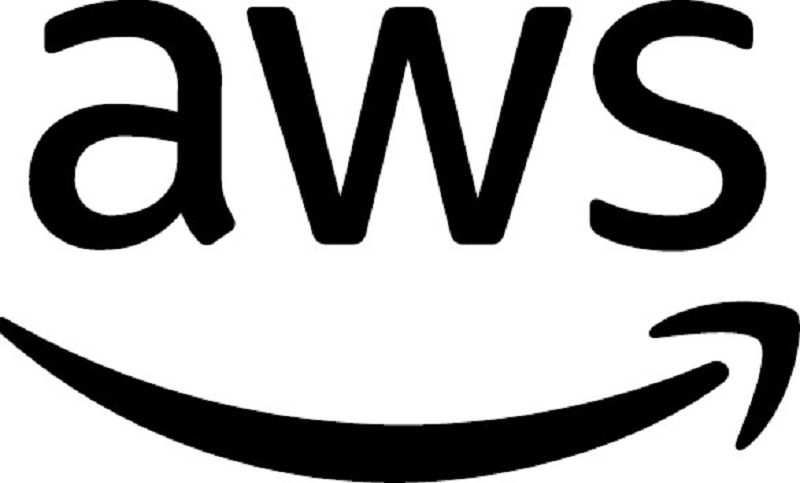
By Aduragbemi Omiyale
One of the high points of the 2025 re:Invent was the unveiling of Graviton5, the fifth generation of custom Arm-based server processors from Amazon Web Services (AWS).
Many tech enthusiasts believe that the company pushed the limits with Graviton5, its most powerful and efficient CPU, frontier agents that can work autonomously for days, an expansion of the Amazon Nova model family, Trainium3 UltraServers, and AWS AI Factories suitable for implementing AI infrastructure in customers’ existing data centres.
Graviton5—the company’s most powerful and efficient CPU
As cloud workloads grow in complexity, organizations face a persistent challenge to deliver faster performance at lower costs and meet sustainability commitments without trade-offs.
AWS’ new Graviton5-based Amazon EC2 M9g delivers up to 25% higher performance than its previous generation, with 192 cores per chip and 5x larger cache.
For the third year in a row, more than half of new CPU capacity added to AWS is powered by Graviton, with 98 per cent of the top 1,000 EC2 customers—including Adobe, Airbnb, Epic Games, Formula 1, Pinterest, SAP, and Siemens—already benefiting from Graviton’s price performance advantages.
Expansion of Nova family of models and pioneers “open training” with Nova Forge
Amazon is expanding its Nova portfolio with four new models that deliver industry-leading price-performance across reasoning, multimodal processing, conversational AI, code generation, and agentic tasks. Nova Forge pioneers “open training,” giving organizations access to pre-trained model checkpoints and the ability to blend proprietary data with Amazon Nova-curated datasets.
Nova Act achieves breakthrough 90% reliability for browser-based UI automation workflows built by early customers. Companies like Reddit are using Nova Forge to replace multiple specialized models with a single solution, while Hertz accelerated development velocity by 5x with Nova Act.
Addition of 3 frontier agents, a new class of AI agents that work as an extension of your software development team
Frontier agents represent a step-change in what agents can do. They’re autonomous, scalable, and can work for hours or days without intervention. AWS announced three frontier agents—Kiro autonomous agent, AWS Security Agent, and AWS DevOps Agent. Kiro autonomous agent acts as a virtual developer for your team, AWS Security Agent is your own security consultant, and AWS DevOps Agent is your on-call operational team.
Companies, including Commonwealth Bank of Australia, SmugMug, and Wester Governors University have used one or more of these agents to transform the software development lifecycle.
Unveiling Trainium3 UltraServers
As AI models grow in size and complexity, training cutting-edge models requires infrastructure investments that only a handful of organizations can afford.
Amazon EC2 Trn3 UltraServers, powered by AWS’s first 3nm AI chip, pack up to 144 Trainium3 chips into a single integrated system, delivering up to 4.4x more compute performance and 4x greater energy efficiency than Trainium2 UltraServers.
Customers achieve 3x higher throughput per chip while delivering 4x faster response times, reducing training times from months to weeks. Customers including Anthropic, Karakuri, Metagenomi, NetoAI, Ricoh, and Splash Music are reducing training and inference costs by up to 50 per cent with Trainium, while Decart is achieving 4x faster inference for real-time generative video at half the cost of GPUs, and Amazon Bedrock is already serving production workloads on Trainium3.
Technology
NITDA Alerts Nigerians to ChatGPT Vulnerabilities
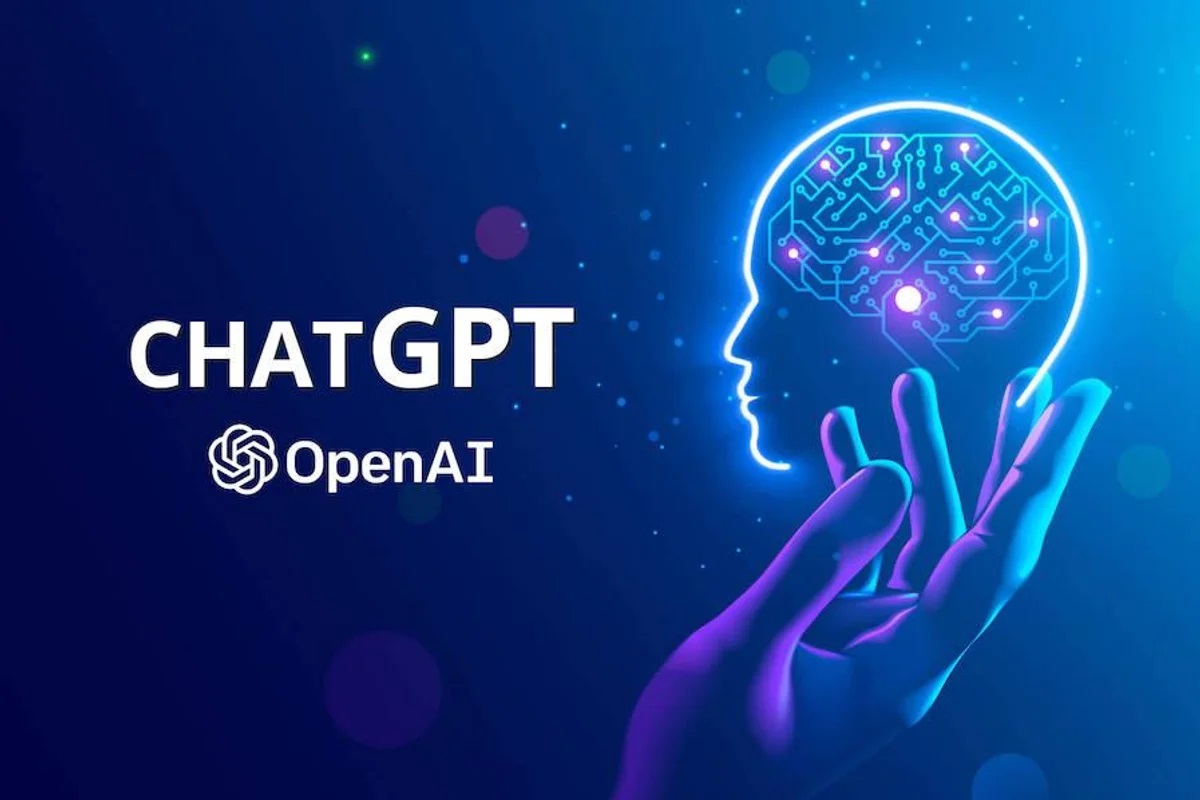
By Adedapo Adesanya
The National Information Technology Development Agency (NITDA) has issued an advisory on new vulnerabilities in ChatGPT that could expose users to data-leakage attacks.
According to the advisory, researchers discovered seven vulnerabilities affecting GPT-4o and GPT-5 models that allow attackers to manipulate ChatGPT through indirect prompt injection.
The agency explained that hidden instructions placed inside webpages, comments, or Uniform Resource Locators (URLs) can trigger unintended commands during regular browsing, summarisation, or search actions.
“By embedding hidden instructions in webpages, comments, or crafted URLs, attackers can cause ChatGPT to execute unintended commands simply through normal browsing, summarization, or search actions,” they stated.
The warning followed rising concerns about AI-powered tools interacting with unsafe web content and the growing dependence on ChatGPT for business, research, and public-sector tasks.
NITDA added that some flaws allow the bypassing of safety controls by masking malicious content behind trusted domains.
Other weaknesses take advantage of markdown rendering bugs, enabling hidden instructions to pass undetected.
It explained that in severe cases, attackers can poison ChatGPT’s memory, forcing the system to retain malicious instructions that influence future conversations
They stated that while OpenAI has fixed parts of the issue, Large-Language Models (LLMs) still struggle to reliably separate genuine user intent from malicious data.
The Agency warned that these vulnerabilities could lead to a range of cybersecurity threats, including unauthorised actions carried out by the model; unintended exposure of user information; manipulated or misleading outputs; and long-term behavioural changes caused by memory poisoning, among others.
It advised Nigerians, businesses, and government institutions to adopt several precautionary steps to stay safe. These include limiting or disabling the browsing and summarisation of untrusted websites within enterprise environments and enabling features like browsing or memory only when necessary.
It also recommended regular updates to deployed GPT-4o and GPT-5 models to ensure known vulnerabilities are patched.
-

 Feature/OPED6 years ago
Feature/OPED6 years agoDavos was Different this year
-
Travel/Tourism9 years ago
Lagos Seals Western Lodge Hotel In Ikorodu
-

 Showbiz3 years ago
Showbiz3 years agoEstranged Lover Releases Videos of Empress Njamah Bathing
-

 Banking7 years ago
Banking7 years agoSort Codes of GTBank Branches in Nigeria
-

 Economy3 years ago
Economy3 years agoSubsidy Removal: CNG at N130 Per Litre Cheaper Than Petrol—IPMAN
-

 Banking3 years ago
Banking3 years agoFirst Bank Announces Planned Downtime
-

 Banking3 years ago
Banking3 years agoSort Codes of UBA Branches in Nigeria
-

 Sports3 years ago
Sports3 years agoHighest Paid Nigerian Footballer – How Much Do Nigerian Footballers Earn



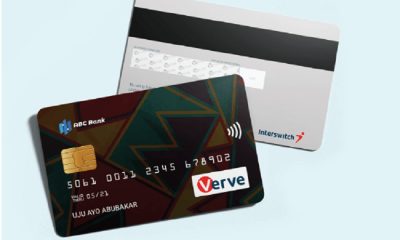




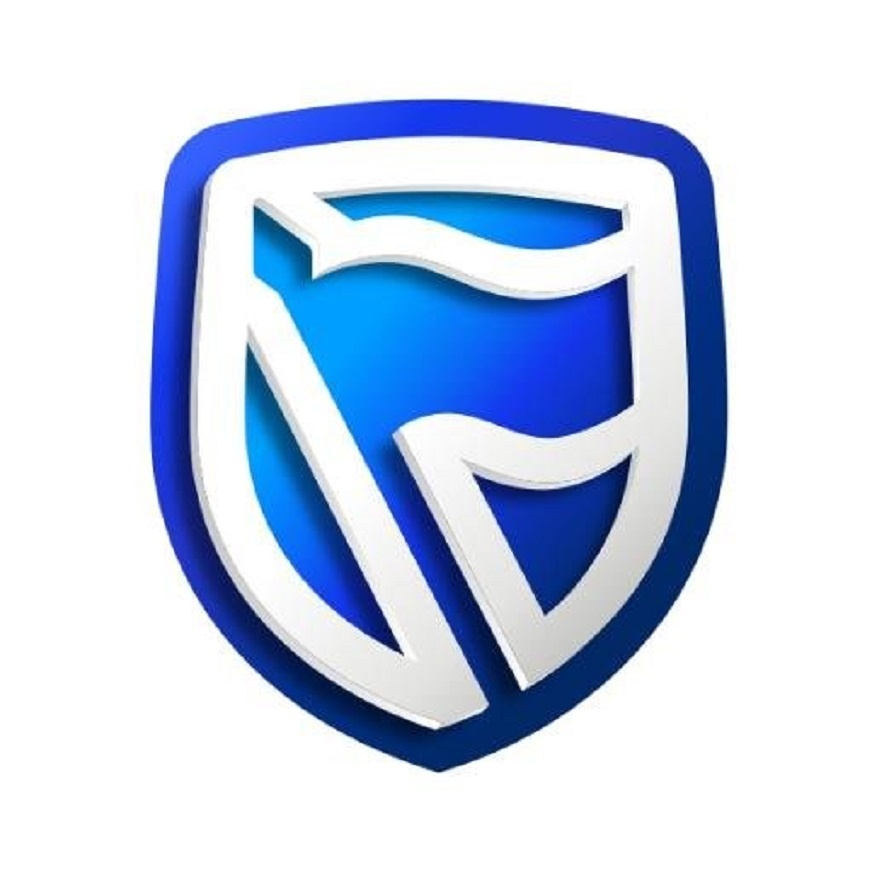
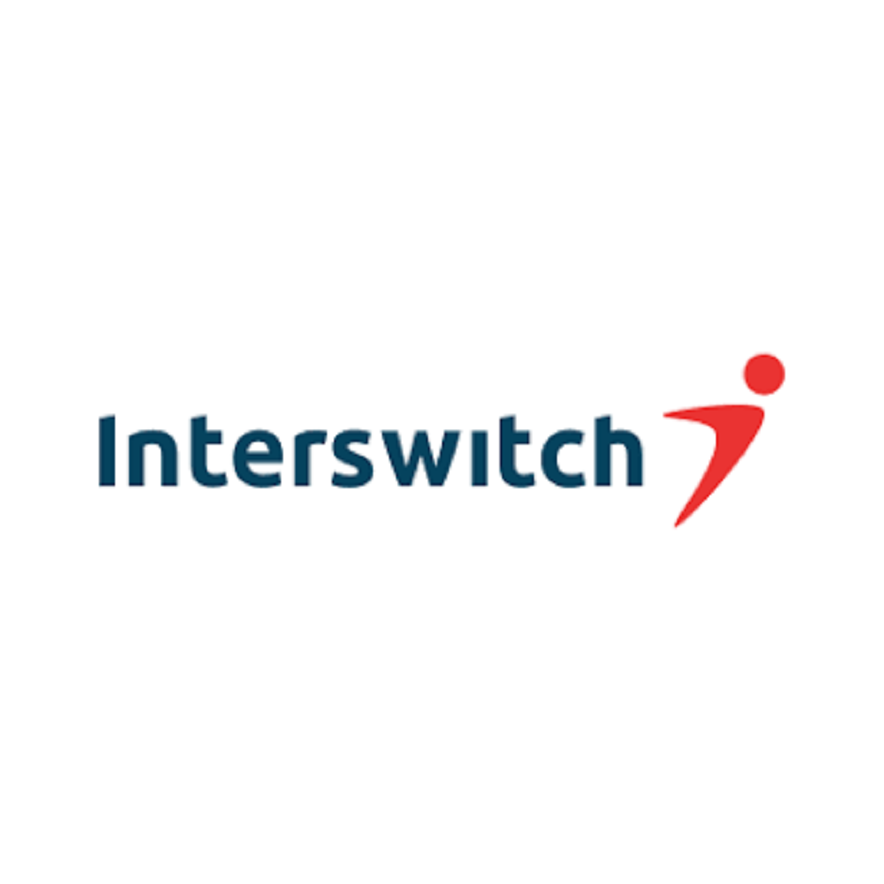
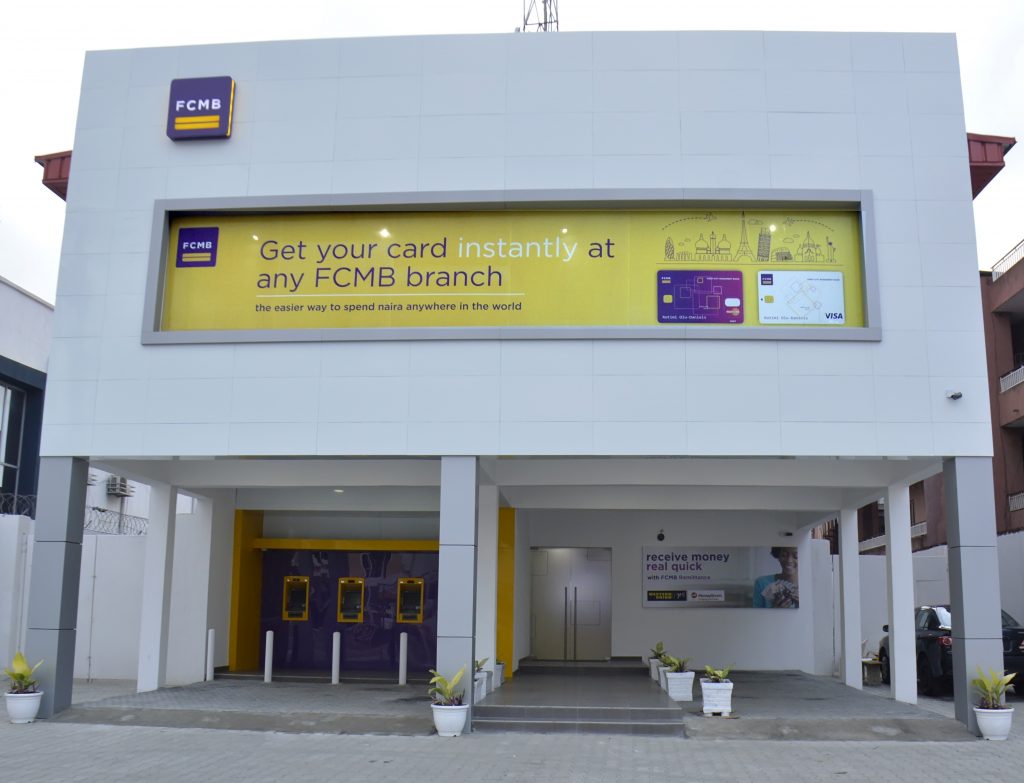



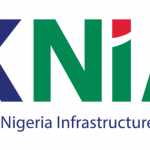




1 Comment